e-SPAN Newsletter v033: Wrapping up the Year
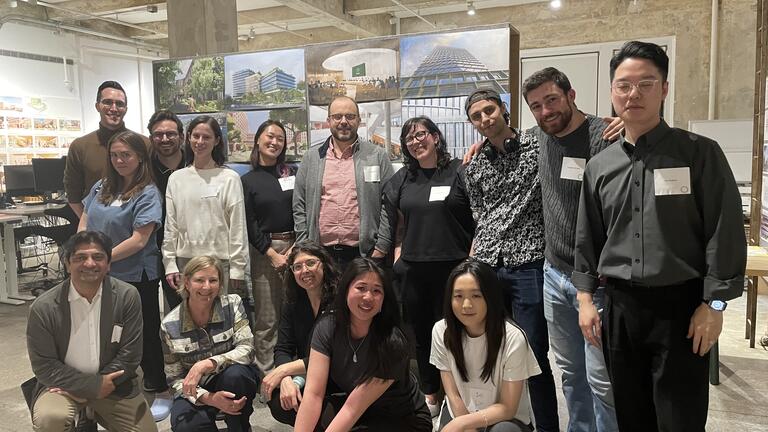
Carnegie Mellon Architecture Alumni Reception hosted at Henning Larsen, April 25, 2024.
Dear School of Architecture Community,
Congratulations to the Class of 2024 and to their families and loved ones!
It has been an eventful and challenging year for higher education in the U.S. As we celebrate our Class of 2024, I want to recognize the college students across the country expressing their freedom of speech and assembly on their campuses. While a debate on the limits of those freedoms and their conduct continues, we recognize the significance of their peaceful actions and critical engagement with current world affairs. As a school committed to social justice, we cannot shy away from difficult topics. This year, through our Public Programs series, Revolutions/Resolutions, and innumerable courses, we have faced these issues head on. I want to commend our faculty and students for their handling of these difficult topics with mutual respect and empathy.
One important focus of our pedagogical efforts these last few years has been on design ethics and the role architecture can play in creating more equitable, inclusive and just communities at every scale. At the end of this academic year, two faculty members instrumental in this effort—Valentina Vavasis and Sarah Rafson—will be leaving us. Their contributions to the school are immeasurable, and we will miss them.
For a decade, Valentina Vavasis has taught our Ethics and Real Estate courses to undergraduate and graduate students and has advised the school’s leadership. She, with Kai Gutschow, has led our pedagogical focus on Design Ethics, which supports our history, urbanism and professional practice courses in better investigating the values embedded in architecture. By addressing the ethical dimensions of design, Valentina has provided our students with a strong foundation of value-based decision making. Her teaching and care for her students is unparalleled, and she will be sorely missed.
Sarah Rafson served as our Curator of Public Programs and Director of EX-CHANGE, the annual publication of the school's student work, in addition to teaching in our first-year and Thesis studios. Under Sarah’s direction, our public programs became a critical part of our teaching and a means to address the pedagogical challenges of climate change, artificial intelligence and social justice. They have introduced accomplished architects, researchers, teachers and thinkers to help us reflect on contemporary topics in architecture. Sarah will be much missed as she moves into a similar position at Harvard’s Graduate School of Design.
We are also bidding farewell to Steve Lee, alumnus, professor and former Head of School, who is retiring. Steve arrived at CMU as an undergraduate, completing his Bachelor of Architecture in 1975 and a Master of Architecture in Advanced Building Studies in 1977. He started teaching at CMU in 1981 and became Head of School in 2008, stepping down from that position after 12 years. Steve's teaching has focused on integrated design, fusing issues of form, environment, materials, structures and construction. He led the school in its entries for the Solar Decathlon in 2002, 2005 and 2007—formative learning experiences for many students and a great vehicle for teaching about sustainable design. Steve’s energies and intellect will be deeply missed, and we wish him the best in his retirement.
Looking ahead to next year’s Public Programs, Sarah Rafson and the Public Programs committee (Daragh Byrne, Dana Cupkova, Christi Danner, Julia Kasper (B.Arch ‘26), Juney Lee, Vernelle A. A. Noel, Paul Pangaro, Misri Patel and Vina (Jiaying) Wei (PhD-CD candidate)), have curated a series on artificial intelligence (AI). Its focus will be to better understand the opportunities for design that new AI technologies offer, while also addressing the social and cultural challenges they portend. We are eager to hear your questions on this prescient topic so that we can address them directly through the public programs and here in e-SPAN.
What critical questions should we be asking as AI technologies become more accessible? What do you want to know or consider about AI’s role in architecture and architecture education? This summer, please share your questions directly with me (okhan1@cmu.edu) so that we can explore them in the coming year.
Finally, some excellent news: two of our alumni, Leah Wulfman (B.Arch '16) and Lola Ben-Alon (PhD-AECM ‘20) were winners of the 2024 Architectural League Prize, awarded by the Architectural League of New York. Their projects responded to this year’s theme, Dirty, which asked “designers to look beyond their presentations of professionalism, respectability, and expertise... How do you reject sanitized ways of working with built, natural, and political environments?” Leah is currently a visiting assistant professor at the University of Utah, and Lola is an assistant professor at Columbia GSAPP. Congratulations to both of them for this recognition!
Thank you all for a wonderful and productive year. I wish you all an excellent summer. Please stay in touch—and send us your questions about AI.
Omar Khan
Head of School
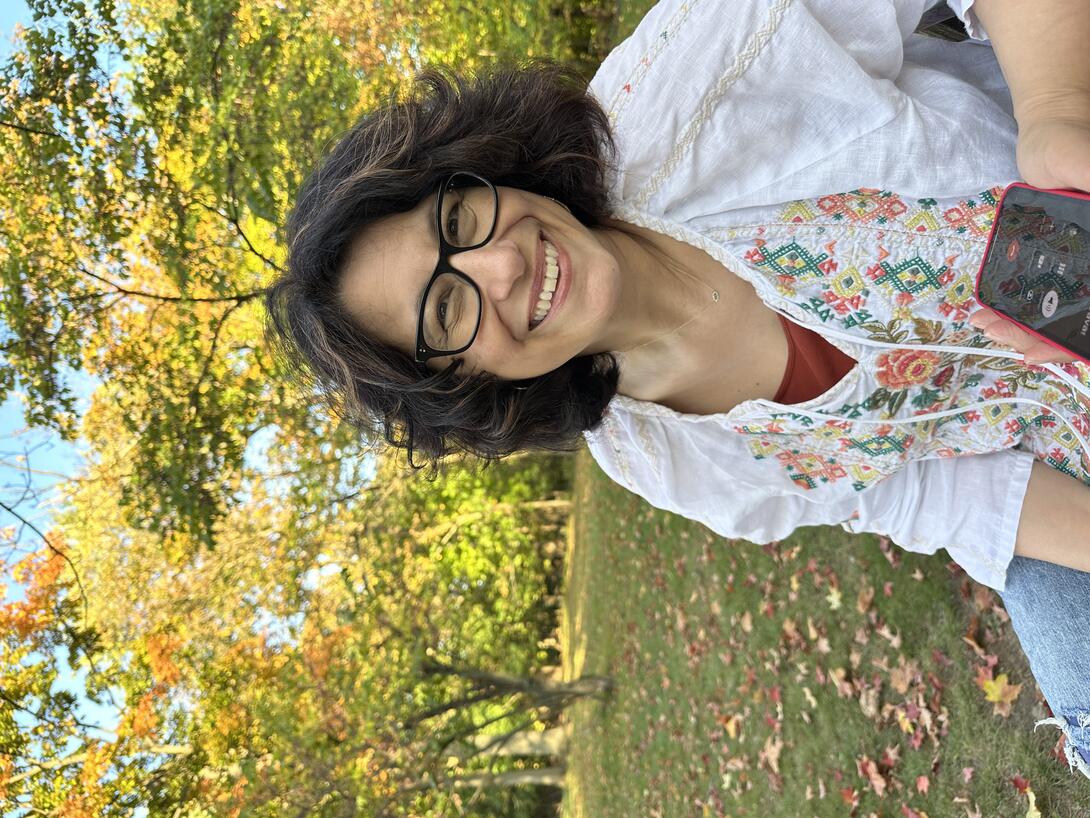
Anyone who’s spent more than a minute or two with Valentina Vavasis comes away wiser.
Her expertise in real estate, community development and professional ethics is braided together with her deep care for—and curiosity about—humans and human community. On the occasion of her retirement from CMU, we asked her a few questions about teaching, professional citizenship and ethics. As ever, her responses were too rich to paraphrase, so the following has been only lightly edited for length and clarity.
How did you get your start in the School of Architecture?
I started as a guest speaker in Becky Mingo’s real estate classes, then became an adjunct lecturer, and kept going until I was in deep! I didn’t know I’d love teaching as much as I do. I love my students: they work so hard, they’re facing a lot of difficult challenges, and they have great hearts. I often feel very inspired by their optimism about changing the world, and I believe that they can and will change the world.
Sometimes that phrase—“change the world”—can feel like an overwhelming individual mandate, especially to high achievers like CMU students and alumni. What might you say to someone feeling pressure to change the world?
I don’t think people should underestimate what they can do on an individual level. Your impact on one person’s life can be profound, and that truly matters.
But I am happy that students seem to be regaining their collective voice. Collective action is crucial. Once, on campus, there was an open drain between Margaret Morrison and CFA, wasting clean water for days, and everyone complained about it, but nothing happened. So, my Ethics students and I decided that all 30 of us would call the water department during the two-hour window after class. Of course, I don’t know whether everybody called, but the drain was fixed later that day.
Our students have solid agendas; they want things to be better designed, better built and sustainable. Sometimes, once they’re working, others don’t share these agendas, and they have to become vocal advocates for what they believe in, which can be hard when they’re young and don’t yet have much institutional power! Collective action is key.
As people advance in their careers, sometimes they find that their once-clear values can become muddied by external pressures, and they struggle to use their power to advance those values. What would you say to younger professionals about how best to use their fire, and to mid- and later-career professionals about how to use their power in a nuanced but ethically focused way?
To young people, I’d say: make sure you have enough money to pay the rent and do your best. Get your foot in the door, try to learn as much as possible. Have courage about advocating for your beliefs. If speaking up in a large meeting doesn’t feel like an option, speak up in a one-on-one meeting with your colleague or boss.
To the later-career people: to the extent that you have power over how your organization recognizes people, create incentives—bonuses, promotions, salaries—for value achievements, not only for achievements related to the traditional “tradeoff triangle” of budget, schedule and quality. We need more career incentives for achieving sustainable design, being a team player, mentoring younger staff and working to make your organization better.
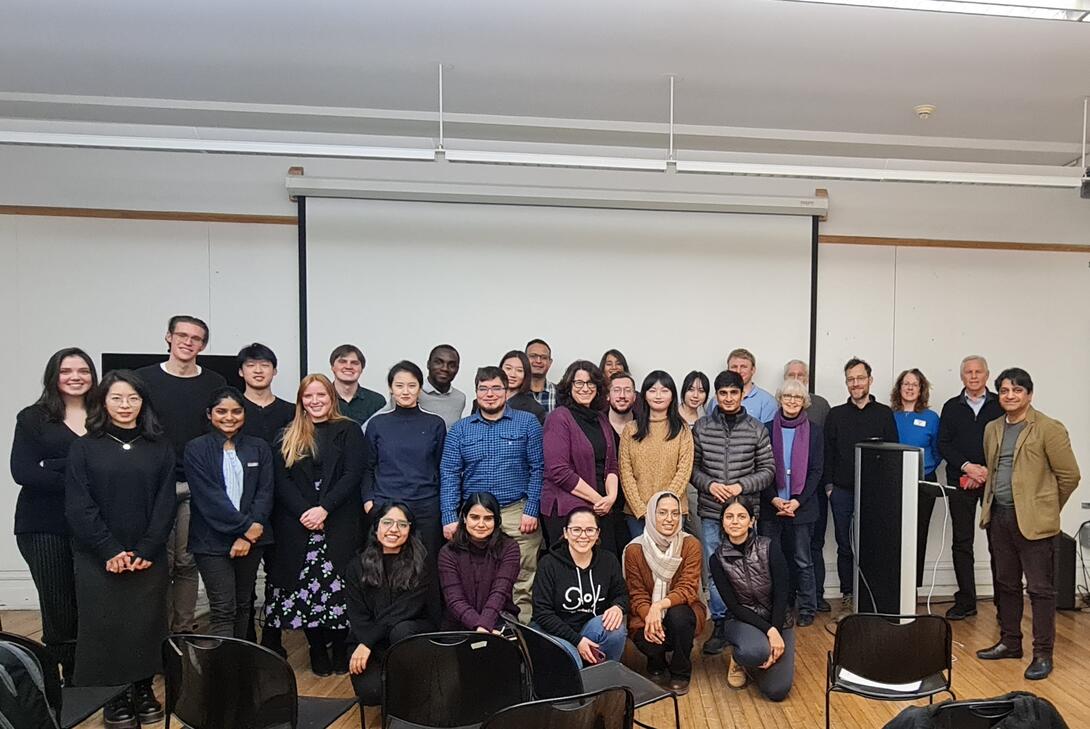
What specific practices would you recommend to people seeking to integrate their ethical selves and their professional selves?
First, choose your job wisely. Know what a firm is about before taking a job, so you don’t put yourself in a situation where you are in complete opposition to the values of your company. Second, try to work on projects that you believe in, if you can.
If you think that someone else’s behavior is unethical, you have to decide whether it’s worth a fight. Some situations aren’t even worth responding to, while others are so egregious that you might need to file a legal complaint or even engage in a lawsuit. Part of ethical behavior is deciding what you do and don’t need to take to the mat.
In situations where you are asked to do something unethical or something you’re not sure about, instead of jumping in and acting, it’s always better to pause and consider your options: consider the impact of both acting and not acting.
On the last day of Ethics class, we always talk about forgiveness. What if you do something unethical? Will you hate yourself for the rest of your life? You have to forgive yourself—and as you get older, you get wiser and may make better decisions.
Finally, periodically take time to do a self-assessment. Where do you stand right now? Are you fulfilling your dreams and goals? Can you pay the rent? Do you know enough to do your job? Do you need some professional development? Are you satisfied with your own conduct, with your life? Of course, this assumes a level of privilege and the ability to make changes if things are not going well.
Ethics can feel like an amorphous blob or an endless, impossible to-do list, but one theme that’s emerged throughout my self-training is the importance of alignment between your life and your values, and the uncomfortable feeling that comes from not living in step with your values. A periodic self-assessment might sound corny, but it can help you make course corrections to maintain the alignment that leads to a fulfilling, ethical life.
What would you like to say about Carnegie Mellon Architecture and about Pittsburgh, since you’re a Pittsburgh booster?
I’m finally a Pittsburgher! When I arrived here, I was told it would take 30 years to truly become a Pittsburgher, and now I’ve done it! I love this community of people: my students (especially those I worked with closely), faculty, staff. Carnegie Mellon Architecture is such a rich educational environment; take advantage of every opportunity you can—guest speakers, workshops and engaging with fellow CMU folks. They’re really special. Out in the world you have to work much harder to find the same level of learning opportunities.
And please, stay in touch! I’ve learned so much in this job, and I would love to hear from you!
Connect with Valentina on LinkedIn
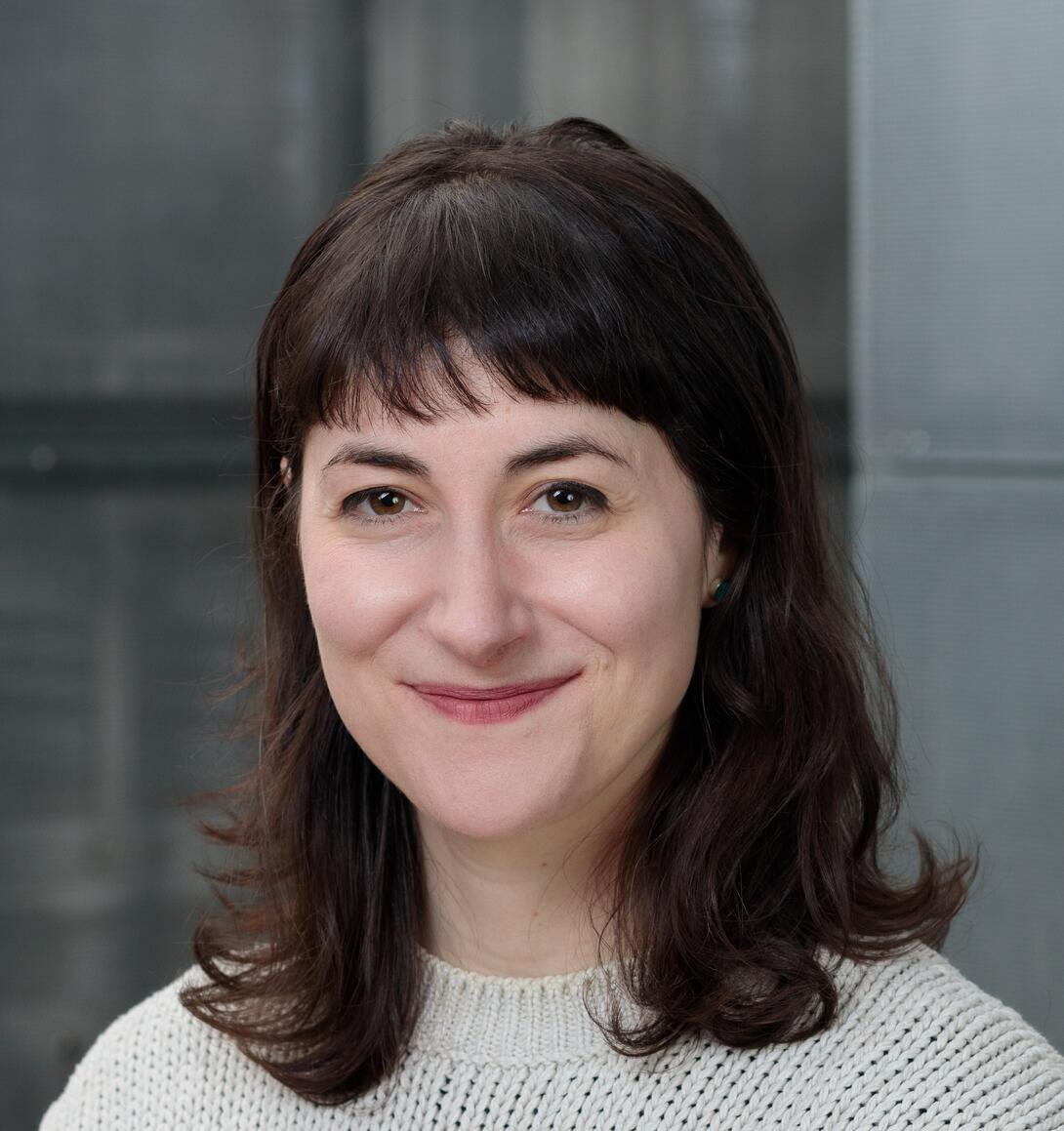
In reflecting on her years as Carnegie Mellon Architecture’s Curator of Public Programs, Sarah Rafson finds herself proud of the inquiry they’ve opened and the conversations they’ve inspired.
"When I joined the School of Architecture as the Ann Kalla Visiting Professor in 2017, I was asked to study the school’s engagement in critical discourse: how we reflect on the work we do in the classroom and how we participate in the broader world of architecture discourse," says Rafson. When the school searched for a curator of public programs in 2021, Head Omar Khan invited her to make it a reality.
EX-CHANGE, the school’s annual exhibition and publication of student work, which Rafson directs, is one new mechanism for self-reflection. Together with the yearlong public programs series—with themes like Revolutions/Resolutions and Materiality—these initiatives allow Carnegie Mellon Architecture to engage more deeply with important scholars and practitioners in the field.
The lectures, panel discussions, workshops and other gatherings—organized under an annual theme—bring a memorable throughline to each academic year, with important conversations happening across and among studios, clubs, programs and classrooms—and with guests from all over the globe and down the street.
Lecture series are a familiar feature at many architecture schools. In Rafson's view, public programs that are a litany of speeches by famous architects all begin to look the same; the lectures even begin to sound the same. She decided to approach the public programs at Carnegie Mellon Architecture instead as a potluck. “Everyone—guests, undergraduate and graduate students, faculty members, alumni, community members—brings something to the table. The work of the Public Programs committee is to be a good host, creating a structure to which everyone can contribute.”

She has loved watching guests act as magnets, drawing Carnegie Mellon Architecture’s people out of their silos. The informal lunch or coffee conversations during a guest’s visit are, Rafson says, “equally as interesting as, if not even more dynamic than, what happens in the lecture hall.” And an increase in hands-on workshops with visiting lecturers has reaped significant dividends, too, inviting students, faculty and guests to learn through side-by-side making. After spending hours in workshops and enthusiastic conversations, a recent visiting lecturer told Rafson, “this is the most meaningful visit I’ve experienced”—proof that, in public programs, transformation is multilateral.
An inclusive community, one in which everyone is represented and heard, depends on what Rafson calls “sideways conversations.” Carnegie Mellon Architecture’s Public Programs committee has worked to flatten old pedagogical hierarchies, with the result that everyone teaches and everyone learns.
Even so, it can be hard for high-achieving students to leave their work in the studio to attend an extracurricular panel discussion or workshop. Rafson viscerally understands the pressures on architecture students but insists that these events shouldn’t be perceived as “extra.”
Her enthusiasm for public programs arises from her own experience as an undergraduate at the University of Toronto. “I attended every lecture,” she says. “I’d always be the odd one out, the only undergrad in a theater packed with professors and grad students who clearly knew more about architecture than I did. But I loved being transported into a different world, not knowing anything about the speaker, leaving with a new understanding of the field.” Rafson isn’t precious about the gatherings. “I still say to students that even if you fall asleep in the theater, you’re still going to absorb something that sparks an idea, that develops your understanding of the discipline. You’re going to resolve something in your studio project that you didn’t expect to resolve, just by being there and letting it wash over you. To me as a student, lectures were a sort of meditation: I didn’t have to do anything, I could just listen, see what came up—and get some food afterward. It was a huge treat, intellectually. That’s what I’ve hoped to offer students and faculty here.”
Her invitation to Carnegie Mellon Architecture alumni and friends in Pittsburgh is similar: once in the world of work, it can be easy to lose inspiration—and to believe that you don’t have the time to chase it down. But the public programs make it easy to access. Now with panel discussions, book sales, lively evening receptions and events eligible for AIA continuing education credits, the public programs provide space for local alumni to bring their career experience to the somewhat rarefied world of academia. “Students, faculty and speakers benefit from practitioners’ critical lens: how is the discipline evolving? What does it mean to hear these ideas in the context of the academy, with everything they now know about practice?”
Public programs—like EX-CHANGE—are an important “front door” to the school, welcoming and joining community partners for a wide spectrum of collaborations. Rafson cites a couple of events this spring that generated conversations and connections: a sold-out lecture and book signing by Momoyo Kaijima of Atelier Bow-Wow filled the Carnegie Museum of Art’s theater to capacity in January. Conversations with Machines, a new annual series of lectures and workshops curated by Daragh Byrne, brought architecture students together with artists, creative technologists and engineering students in an energetic weekend in February. And in April, the inaugural Watson Chair in Architecture, Emmanuel Pratt, worked with the Remaking Cities Institute and Public Programs to bring a team from Chicago’s Sweet Water Foundation to lecture, share meals and design-build furniture with the Sankofa Village Community Garden in Homewood.
With a new framework set in motion, Rafson will continue to keep an eye on Carnegie Mellon Architecture’s public programs. “I’m excited to see where this energy leads,” she says. “It’s certainly not complete.”
Alumnus, professor and former Head of School, Steve Lee has had a profound influence on the Carnegie Mellon University School of Architecture.

Having served as Head of School for 12 years from 2008 to 2020, he developed many of the programs, opportunities and partnerships that continue to grow today. But the accomplishments during his tenure as Head of School are only the beginning of the impact he has had at CMU.
Steve completed his Bachelor of Architecture degree in 1975 and returned to complete the Master of Architecture in Advanced Building Studies in 1977. He started teaching in the school in 1981. Steve’s teaching activities have resulted in the integration of undergraduate and graduate courses related to design, environment, tectonics and construction. He led numerous student design-build projects on campus, worked with John Folan to establish the (no longer active) Urban Design Build Studio and was the faculty advisor for the school’s Solar Decathlon teams in 2002, 2005 and 2007.
Through these activities and others, Steve shepherded students beyond the design phase of architecture and through the construction phase to see their projects to completion. He strove to impart his students with confidence, practical skills and a comprehensive perspective that he hopes will lead them to make more efficient and sustainable design choices in their practice.
Steve reflects on his guiding principles as an educator: “My goal was to form a balance between formal and conceptual understandings of architecture with the pragmatics of architecture. My belief of the school when I was Head – we have always been and should continue to be a school that graduates expert practitioners. With our emphasis on sustainability, computational design and urban design, this means you don’t only have the basic chops of design and formalism, but you also have the basic chops of how to assemble materials in the context of sustainability and computation.”
Steve sees design-build as a means to cultivate more sustainable designers and laments the waste generated by projects that don’t consider the realities of building construction.
“When I taught Materials & Assembly, I taught students that things are made with standard modular dimensions and it becomes a challenge for the architect. If you are going to make a building out of concrete block, make it work to the block dimensions instead of cutting every block. Tetris – it is like Tetris. It’s a game to figure out how to make the dimensions of the spaces you want work with the dimensions of the materials that come into the job site. Architects who don’t work this way can generate tons and tons of unnecessary construction waste, adding time and money to every project they work on.”
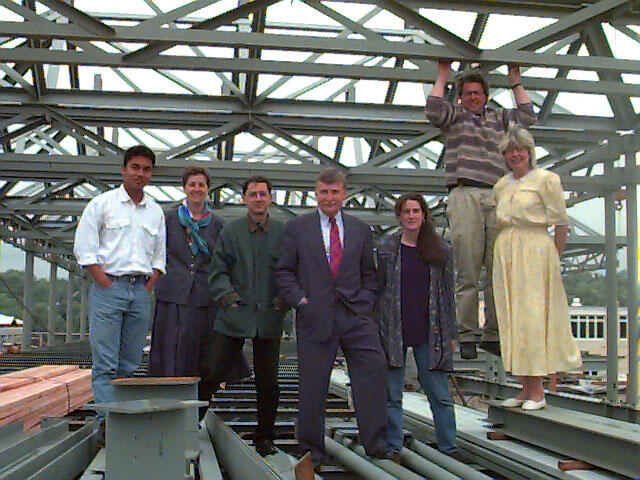
This very issue arose during the construction of the Robert L. Preger Intelligent Workplace (IW), perhaps Carnegie Mellon Architecture’s most well-known sustainability and building performance project – a prominence aided by its location atop Margaret Morrison Carnegie Hall. Steve worked closely with Volker Hartkopf, Vivian Loftness, Azizan Aziz and other core members of the Center for Building Performance and Diagnostics (CBPD) in the early 1990’s to imagine the facility and bring it to fruition.
In 1993, construction began on the IW with materials that had been donated from Germany, including 600mm x 600mm floor tiles. Standard American tiles are either 18” or 24”. In order to avoid cutting the floor tiles to fit the messy conversion (600mm is 23.622”), Steve worked with Greg Motolla (Steve’s former student) to ensure that not a single floor tile was cut for the IW.
In 1997, construction was finished on the IW and the school celebrated its grand opening. Steve moved into his office there, where he stayed until becoming Head of School in 2008.
The IW isn’t the only building on campus that Steve had a hand in building. The Carnegie Mellon Architecture submission to the 2005 Solar Decathlon remained standing and even housed offices for 14 years in Donner Ditch before CMU asked Steve to take it down. Originally designed to last for only two weeks on the National Mall, when Steve, John Folan and team finally disassembled it, they shipped its parts and pieces to Construction Junction to demonstrate material reuse and sustainability.
And if that’s not enough reuse for one structure, the 2005 house was built from salvaged material that Steve saved from the 2002 Solar Decathlon submission.
The Solar Decathlon is a collegiate competition run by the U.S. Department of Energy that challenges students to design and build a house that is as sustainable, affordable, energy efficient and high-performance as possible. Steve advised the Carnegie Mellon Architecture Solar Decathlon teams in 2002, 2005 and 2007.
What questions do you have about AI?
What critical questions should we be asking as AI technologies become more accessible? What do you want to know or consider about AI’s role in architecture and architecture education?
This summer, please share your questions so that we can explore them in the coming year.
Alumni News & Updates
We invite all Carnegie Mellon Architecture alumni to keep us up to date on their awards, professional milestones and more. Send us your updates with a brief description and link to more information.
Alumni Lola Ben-Alon (PhD-AECM ‘20) and Leah Wulfman (B.Arch ‘16) were honored as recipients of the 2024 Architectural League Prize on the theme Dirty. The annual competition recognizes visionary work by young practitioners and features a lecture series and exhibition organized by The Architectural League and its Young Architects + Designers Committee.
Ben-Alon founded and directs the Natural Materials Lab at Columbia University GSAPP, which investigates raw, earth and fiber-based building materials across scales, from fabrication research and design/build projects to policy investigations and installations.
Tune in to Ben-Alon’s virtual lecture Thursday, June 13 at 12pm ETTraversing physical and digital realms, Wulfman’s practice develops non-normative uses and misuses of spatial technologies., Wulfman adapts the systems and logic of architecture and game forms for purposes of embodied physicality, play and performance.
Tune in to Wulfman’s virtual lecture Thursday, June 20 at 12pm ET- Alumnus, professor and former Head of Carnegie Mellon Architecture Steve Lee (B.Arch ‘75, M.Arch ‘77) is retiring after 43 years with the school. The school recently hosted a Retirement Reception and Roast in his honor during Spring Carnival; the video recording is available here.
- Brent Capron AIA, LEED AP, ASID, ANFA (B.Arch ‘96) joined global architecture and design firm Corgan as New York Interiors Studio Design Director and Associate Principal. With more than 25 years of experience in the design industry, Capron will lead the creative endeavors of Corgan’s corporate interiors practice in New York.